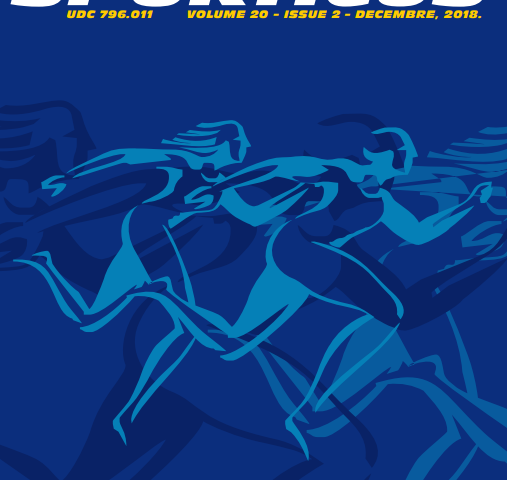The aim of the research was to determine the possibility of predicting vertical jump height based on absolute and relative lower extremity strength. Thirty healthy and physically active male students (age: 20.84 ± 0.99 years; height: 179.46 ± 5.91 cm; body weight: 73.88 ± 6.43 kg) from the Faculty of Sports and Physical Education participated in this study. Absolute lower extremity strength was assessed using the one-repetition maximum (1RM) back squat, expressed in kilograms. Relative lower extremity strength was calculated by dividing the estimated 1RM back squat by the participants’ body weight, yielding the 1RM back squat relative to body weight (BW) (1RM/BW). Vertical jump height was measured using an Optojump system with two types of jumps: countermovement jumps (CMJ) and squat jumps (SJ). Statistically significant and moderately high correlations were observed between absolute and relative lower extremity strength variables and vertical jump height variables. Regression analysis results indicated statistically significant multiple correlations of 1RM absolute strength and 1RM/BW relative lower extremity strength as predictors of CMJ and SJ vertical jump height criteria variables. There is limited research on this topic conducted specifically on student populations, making this study a valuable foundation for future research. The research findings can serve as guidelines for the development of absolute and relative lower extremity strength, thereby contributing to improved vertical jump performance.
Keywords: jump height, absolute strength, relative strength


